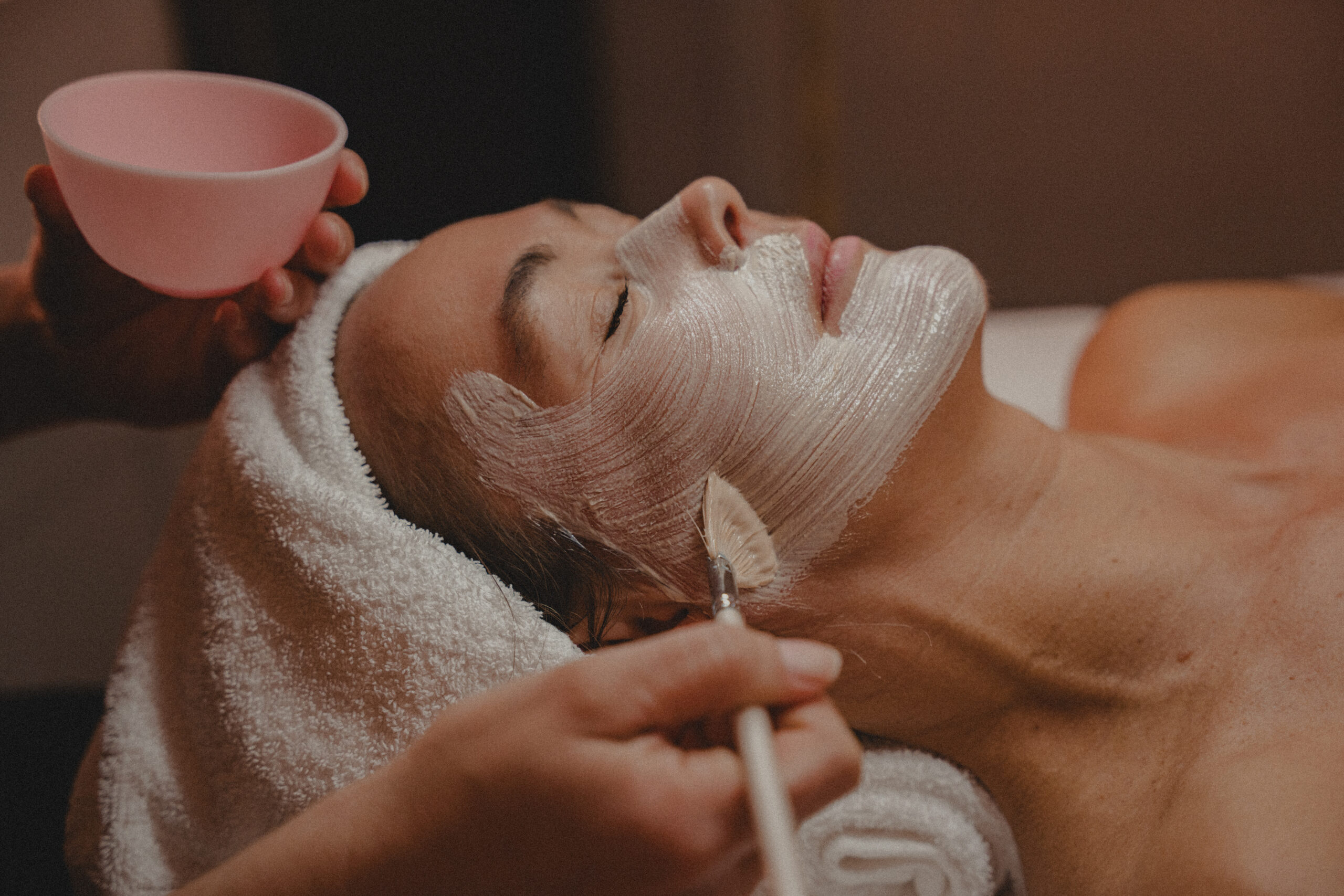Unpacking the Different Types of Chemical Peels

Chemical peels range from gentle exfoliating treatments to deeper, more intense procedures. Each type has its own way of improving your skin, from smoothing out fine lines to tackling deeper skin issues. It’s all about finding the right match for your skin’s unique needs.
In this article, we’ll guide you through the different types of chemical peels – light, medium, and deep – and discuss what each can do for you. Let’s explore these options together and find out which chemical peel at Honey Skincare Studio could be your path to brighter, healthier skin.
What is a Chemical Peel?
A chemical peel is a cosmetic treatment used to improve the appearance and texture of the skin. In this procedure, a chemical solution is applied to the skin, causing it to exfoliate and eventually peel off. The new skin that emerges is typically smoother, less wrinkled, and more radiant than the old skin. These peels are used to treat various skin issues, such as wrinkles, fine lines, sun damage, acne scars, hyperpigmentation, and uneven skin tone. The type and depth of the peel, along with the specific chemicals used, are tailored to each individual’s skin type and treatment goals.
How Chemical Peels Work
Chemical peels are a key part of skincare treatments, working by inducing controlled damage to the skin, which then heals itself by creating new cells. The process involves applying a chemical solution—commonly containing glycolic, salicylic, lactic, or trichloroacetic acid—onto the skin. This solution breaks down the upper layer of the skin, causing it to shed and reveal newer, healthier skin beneath.
The depth of the peel determines how many layers of skin are affected. Superficial peels slightly penetrate the skin’s surface, resulting in mild flaking. Medium peels cause visible peeling as they reach deeper into the skin. Deep peels, the most intense type, affect several layers of the skin and require more significant downtime.
It’s essential to note that while chemical peels can yield impressive results, they should be administered by a trained professional to ensure safety and efficacy.
Understanding What Chemical Peel is Good for Your Skin Type
When considering a chemical peel, it’s crucial to choose one that aligns with your unique skin type and concerns. To help you navigate through the options, let’s explore the best chemical peels for specific skin types, ensuring you select a treatment that effectively addresses your skin’s needs and goals.
Dry Skin
If you have dry skin, your focus should be on hydration and gentle exfoliation. Light chemical peels, such as those containing lactic acid or glycolic acid at lower concentrations, can be particularly effective. These peels help to remove dead skin cells while attracting moisture to the skin, reducing flakiness and improving overall texture without over-drying.
Oily Skin
For oily skin, chemical peels that help regulate oil production and unclog pores are ideal. Salicylic acid peels are a great choice, as they are oil-soluble and can penetrate deeply into the pores to remove excess sebum and dead skin cells. These peels can also help reduce the appearance of large pores and prevent acne breakouts.
Combination / Normal Skin
Combination or normal skin often benefits from a balanced approach. A mild chemical peel, such as a Jessner’s peel, which combines lactic acid, salicylic acid, and resorcinol, can provide the exfoliation and brightening benefits needed for the oily zones without being too harsh on the drier areas.
Acne
For skin prone to acne, chemical peels that target both existing acne and prevent new breakouts are suitable. Beta hydroxy acid (BHA) peels, particularly those with salicylic acid, are effective as they exfoliate the skin and have anti-inflammatory properties, reducing the appearance of acne and calming the skin.
Hyperpigmentation
If hyperpigmentation is a concern, chemical peels with skin-lightening properties can be beneficial. Peels containing alpha hydroxy acids (AHAs) like glycolic acid or kojic acid can help lighten hyperpigmented areas by accelerating cell turnover and removing the upper layers of the skin where the pigment resides.
Chemical Peel Aftercare
After receiving a chemical peel, taking proper care of your skin is crucial for achieving the best results and ensuring a smooth recovery. Each type of peel may require slightly different aftercare, but here are general guidelines to help you nurture your skin post-treatment.
1. Moisturize Regularly
One of the most important steps after a chemical peel is to keep your skin well-moisturized. Your skin will be more sensitive and prone to dryness, so using a gentle, hydrating moisturizer is key.
Choose products that are free from irritants like fragrances and alcohol, and apply them regularly to help soothe and repair your skin.
2. Avoid Sun Exposure
Your skin will be more vulnerable to the sun immediately after a peel, so it’s essential to protect it. Avoid direct sun exposure as much as possible and use a broad-spectrum sunscreen with at least SPF 30. Wearing hats and seeking shade can also provide additional protection.
3. Be Gentle with Your Skin
Avoid using harsh skincare products or exfoliants for at least a week after your peel. Your skin is healing, and using gentle products will prevent irritation and help maintain the integrity of your skin barrier. It’s also important not to pick or peel off any flaking skin, as this can lead to scarring.
Chemical Peel FAQs
What Type of Peel Would Not be Typically Used by an Esthetician?
Deep chemical peels, such as those using phenol, are typically not used by estheticians and are reserved for medical professionals like dermatologists.
Are Two Chemical Peels Enough?
The number of chemical peels needed varies based on individual skin concerns and the type of peel. Some may see the desired results after 2 peels, while others may need more sessions.
Which Chemical Peel is Used by Dermatologists?
Dermatologists often use a range of chemical peels, including stronger ones like TCA (trichloroacetic acid) and phenol peels, for more significant skin concerns.
Unlock Radiant Skin with Honey Skincare Studio!
Ready to experience the transformative power of a chemical peel? At Honey Skincare Studio, we’re committed to helping you achieve your skincare goals with tailored treatments and expert guidance.
Book your appointment today and take the first step towards radiant, rejuvenated skin. Our team is here to support you through every step of your skin journey, from treatment to aftercare. Contact us now – your skin’s perfect glow is just a peel away!

Subscribe to our newsletter and stay updated.
FEATURED PRODUCTS
